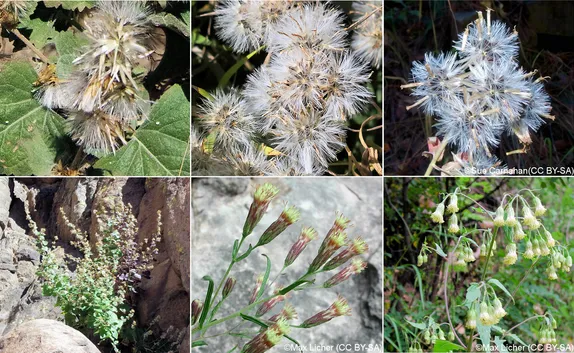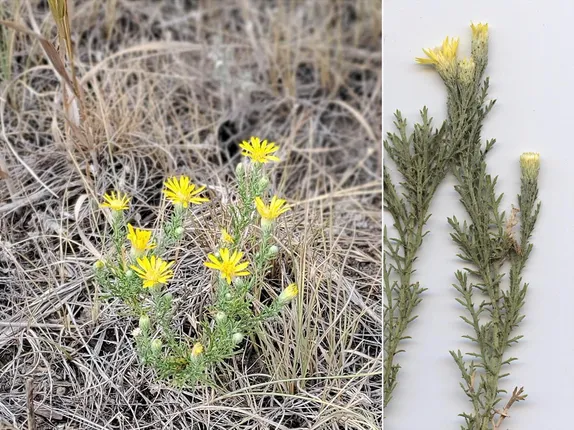By Tom Schweich
Tall, large-flowered, and with a distinctive seed pod covered with tubercules, the “Showy Milkweed” — Asclepias speciosa Torr. — is very widely distributed in Golden open spaces and gardens. Usually found in mountain meadows, open woodlands, and along streams, the Showy Milkweed also spreads to roadsides and other disturbed sites. It is easily grown in a garden from seed, though the seed may not germinate in the first year.
First described by John Torrey (1828) from a collection by Edwin James, MD. James collected it on June 14, 1820, as the Stephen H. Long expedition traveled south from the Loup River to the Platte through Merrick County, Nebraska (Goodman and Lawson, 1995).
We have four milkweeds that are native to Golden. In addition to Showy Milkweed, they are:
- Green Comet Milkweed (Asclepias viridiflora Raf.) that can be seen on North and South Table Mountains, Mt. Galbraith, and Apex Park. They are short with yellow-green flowers.
- Swamp Milkweed (Asclepias incarnata L) found along Clear Creek just east of town. They are tall but have smaller flowers of a more intense color. (The Internet Color Namer calls the color “Spicy Berry.”) Swamp Milkweed does not need a swamp to flourish.
- And then as a kind of counterpoint to the large Showy Milkweed, we also have a very small milkweed. Called the “Plains Milkweed” or “Little Milkweed” — Asclepias pumila (A. Gray) Vail — it stands just 6 inches tall. It has been found among short grasses on both North and South Table Mountains, but since it is very small and unassuming, and often overlooked, it may be found elsewhere around Golden.
Milkweeds are well-known for being host plants for monarch butterflies, Danaus Plexippus (Linnaeus, 1758). Though Colorado is not on the direct migration path for monarchs, we often see strays that will lay eggs on local milkweeds. Planting local milkweed species is always best. Our native milkweeds are easily garden-grown and seed for Showy Milkweed and Swamp Milkweed is readily available.









